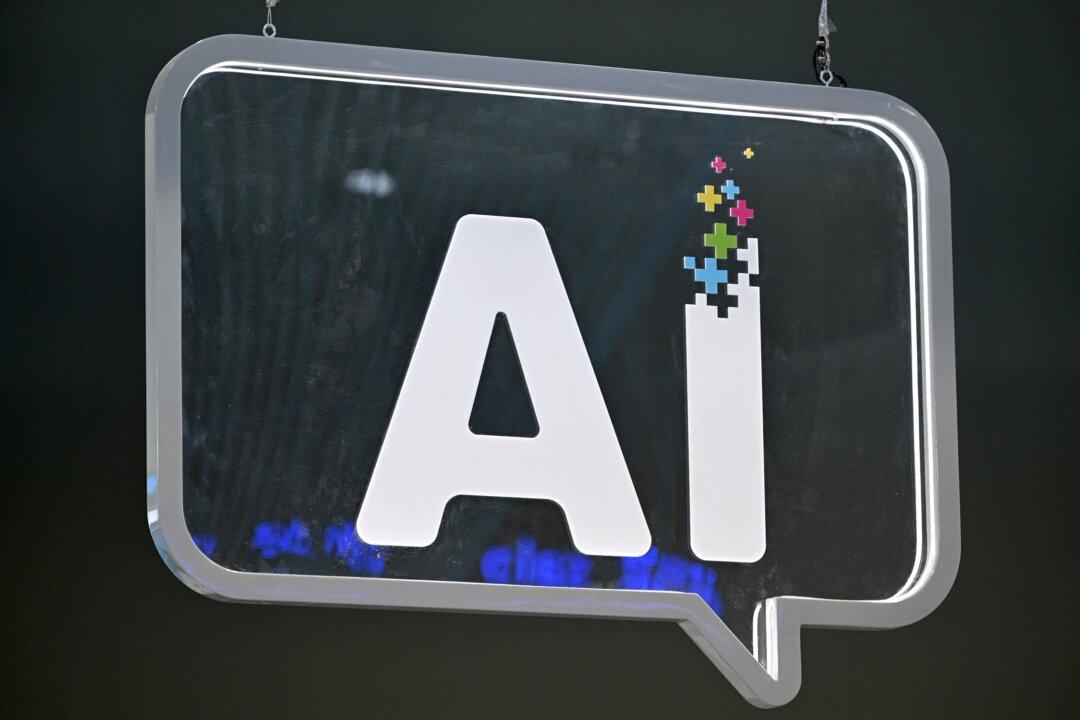Artificial intelligence (AI) poses not just technological risks, but could also create viruses that pose a threat to humanity, says one think tank.
Speaking at a recent Senate inquiry hearing on AI, Good Ancestors Policy CEO Greg Sadler said AI could assist with manufacturing dangerous viruses, which is normally only possible in leading laboratories.





